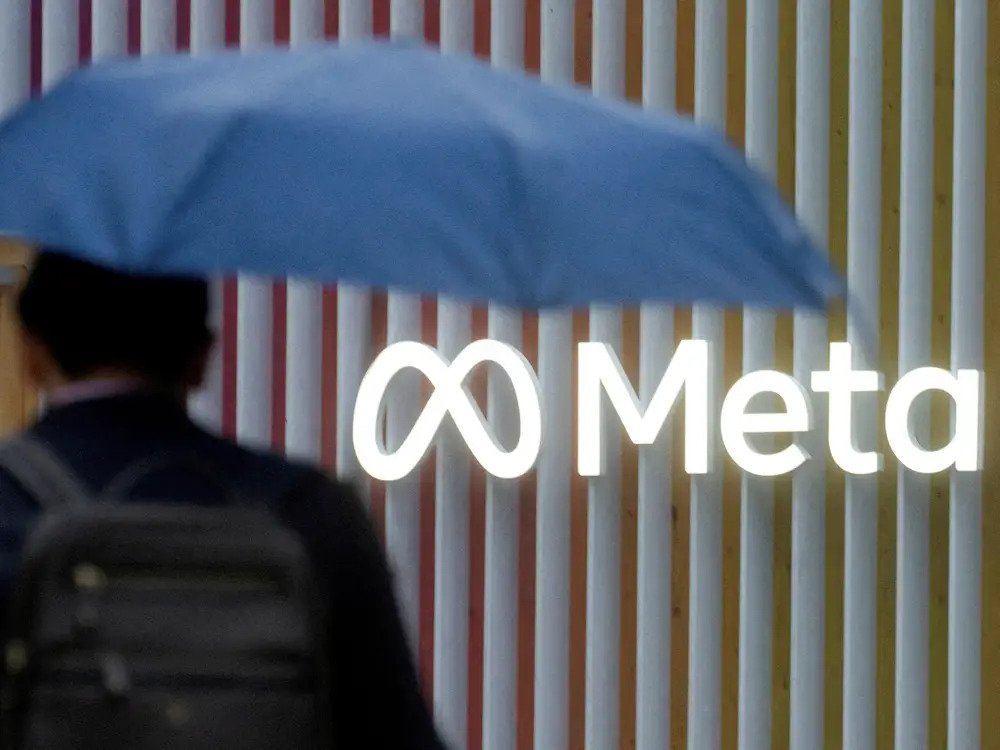
It is never easy to lose a job or have to fire someone. While this may appear simple, the laws governing employee termination are pretty complicated. Employers and employees alike can suffer severe consequences based on the grounds for dismissing an employee.
Contact an employment attorney firm like HKM for a consultation if you suspect you have been let go unfairly. An employment lawyer can handle the negotiations on your behalf. This saves you time, effort, and stress, allowing you to concentrate on more pressing matters.
If you are questioning your termination, it is critical to understand the distinction between unfair and wrongful termination.
What Is Wrongful Termination?

“Wrongful dismissal” is a broad term that refers to any situation in which an employer explicitly terminates the employment of one or more of its employees without providing those employees with their inherent rights. In some cases, these entitlements include sufficient warning or salary in lieu and a compensation package.
Wrongful dismissal can also refer to the company’s inappropriate behavior in the manner of release. This can refer to various issues, including failure to provide an employee with adequate notice of termination (or pay in lieu thereof).
Other issues that can lead to wrongful termination lawsuits include employee harassment during the termination of employment or denying an employee of their wages. Refusing to assist an employee in transitioning to another job and other bad faith conduct on the company’s part can all lead to a claim being filed.
What Qualifies As Unfair Dismissal?

Employment Tribunals are often called upon to hear cases of unfair dismissal. When an employer decides to end an employee’s contract without cause, it is known as unfair dismissal.
Employees may claim unfair dismissal if the employer had a valid reason for the release but dealt with it incorrectly. If an employer dismisses an employee because they asked for flexible working hours, refused to give up working time rights, or participated in legal industrial action for 12 weeks or less.
Employers are legally not allowed to dismiss an employee if they required time off for jury service, applied for maternity, paternity, and adoption leave, or were taking time off that they are entitled to use.
The Main Difference Between The Two

The primary difference between these two terms is that wrongful termination involves an infringement of a legal right or a severe breach of public policy. Just because your firing appears unfair, unreasonable, or unwarranted does not mean it is.
Many individuals use the two terms interchangeably, but they sometimes imply different things regarding the law.
Unfair dismissal applications are a problematic area of the law to navigate. A claim can be filed when an employee is terminated unfairly, unjustly, or unreasonably. On the other hand, a wrongful dismissal involves a breach of contract.
Lawyers can advise both the company and the worker in a dismissal application. They can inform you about your rights, the process for mitigating significant risks, and alternative options.




